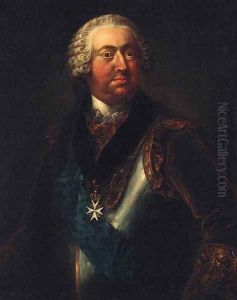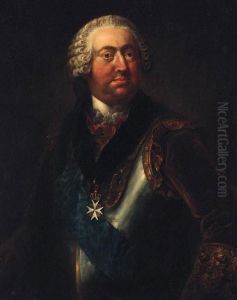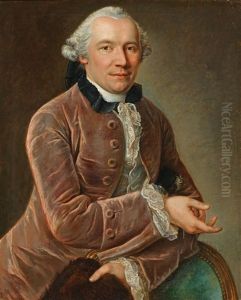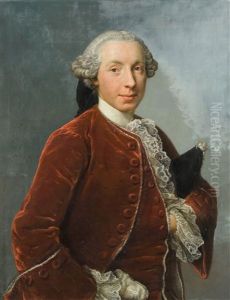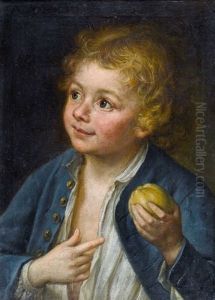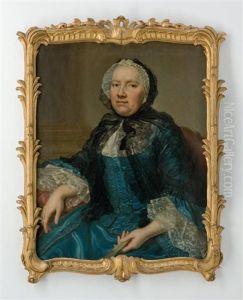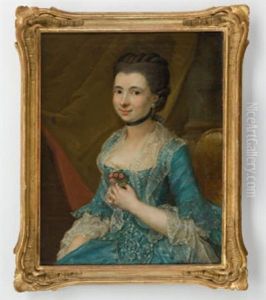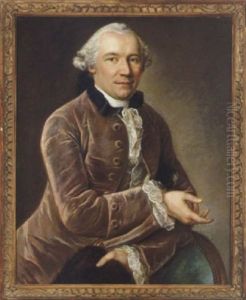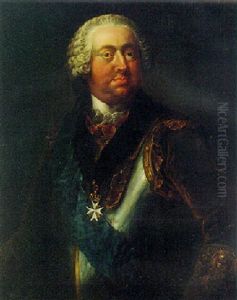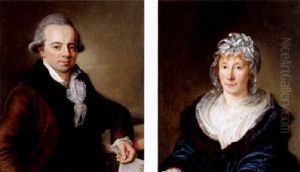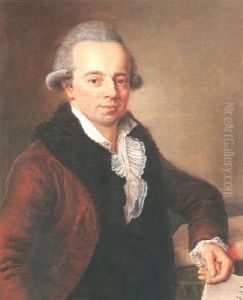Johann Niklaus Grooth Paintings
Johann Niklaus Grooth, born in 1717, was a notable figure in the realm of 18th-century European art, particularly renowned for his contributions as a painter and a court artist. His life and career were deeply intertwined with the cultural and political fabric of his time, reflecting the complexities and the aesthetic sensibilities of the Enlightenment period. Grooth's work primarily thrived in the context of the European courts, where his talents were sought after by aristocrats and royalty alike, offering him a platform to showcase his artistry and secure his reputation.
Grooth's early life was marked by an immersion in the arts, likely influenced by the cultural milieu of the period that celebrated artistic achievement as an embodiment of enlightenment and sophistication. Though specific records of his early training are sparse, it is evident that Grooth mastered the skills necessary to navigate the demanding expectations of courtly commissions. His style, while reflective of the broader trends of 18th-century European art, also bore signs of personal innovation, particularly in his approach to portraiture and scenes of aristocratic life.
Throughout his career, Johann Niklaus Grooth became particularly known for his portraits. These works not only captured the physical likeness of their subjects but also sought to reflect their status, character, and the intricate social dynamics of court life. His ability to infuse portraits with a sense of personality and depth is considered one of his major contributions to the art of the period. Additionally, Grooth's involvement in decorating and designing for various European courts further solidified his role as a key figure within the aristocratic circles, allowing him an unusual degree of creative freedom for the time.
Despite the recognition he received during his lifetime, Johann Niklaus Grooth's name is not as widely recognized today as some of his contemporaries. This obscurity can be attributed to various factors, including the shifting tastes in art that followed the Enlightenment period, leading to a gradual fading of his works from the mainstream art historical narrative. Nevertheless, scholars and enthusiasts of 18th-century art continue to study and appreciate Grooth's contributions, recognizing him as a significant, though underappreciated, figure in the landscape of European art history.
Johann Niklaus Grooth passed away in 1797, leaving behind a legacy that, while not as prominent as some of his peers, remains an important testament to the artistic and cultural currents of his time. His works continue to be studied and exhibited, offering insights into the complexities of 18th-century European society and its artistic endeavors. Through these ongoing efforts, Grooth's artistry and unique perspective endure, contributing to our understanding of the period and its cultural output.
